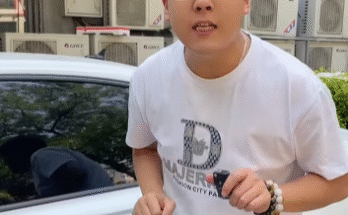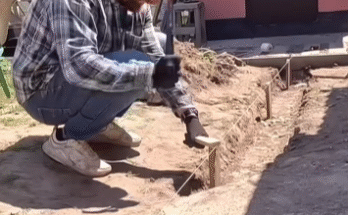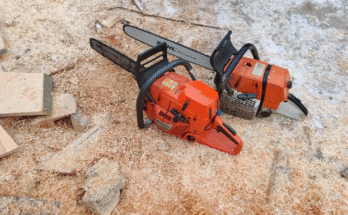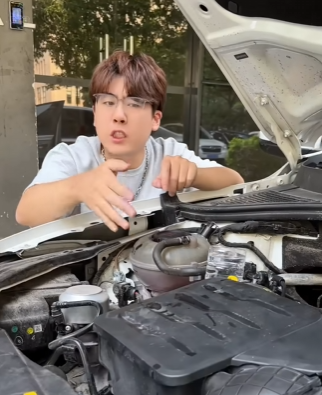
Owning a car can be both a convenience and a responsibility. While it’s tempting to run to a mechanic at the first sign of trouble, many common car problems are surprisingly simple to fix on your own. Whether you’re looking to save money, time, or just learn more about your vehicle, tackling some basic issues by yourself can be empowering. Here are some car problems you can solve on your own — no professional mechanic required!
1. Dead Battery
One of the most common issues car owners face is a dead battery. Luckily, it’s often the easiest to fix. If your car doesn’t start and you hear a clicking sound, chances are the battery is drained.
How to Fix:
All you need are jumper cables and another working vehicle. Connect the red cable to the positive terminal of both batteries and the black cable to the negative terminal of the good battery and a grounded metal surface on your car. Let the working car run for a few minutes, then try starting your car.
Pro tip: Keep a portable jump starter in your trunk—it can save you from being stranded.
2. Flat Tire
Getting a flat tire while driving can be frustrating, but changing it yourself isn’t as hard as it seems.
How to Fix:
Pull over to a safe spot, turn on your hazard lights, and use the jack to lift the car. Remove the lug nuts, take off the flat tire, and replace it with the spare. Tighten the lug nuts in a crisscross pattern for even pressure.
Tip: Make sure your spare tire is properly inflated and your jack and wrench are always in the car.
3. Worn-Out Windshield Wipers
If your wipers are leaving streaks or making noises, they’re probably worn out.
How to Fix:
Buy replacement blades that fit your car model (check your manual or measure them). Pop out the old ones and slide in the new ones. Most wiper blades click into place easily without tools.
Hint: Change them every 6–12 months, especially if you live in a rainy or snowy area.

4. Burned-Out Headlights or Taillights
A busted headlight or taillight isn’t just a safety issue—it can earn you a traffic ticket.
How to Fix:
Find the correct bulb type (check your owner’s manual), pop the hood or open the trunk, and remove the old bulb. Be careful not to touch the glass part of the new bulb with your fingers—use gloves or a cloth to install it.
Safety tip: Test your lights before you start driving, especially at night.
5. Low Oil Level
Engine oil lubricates the moving parts of your engine. If your oil is low, your engine could suffer serious damage.
How to Fix:
Wait for your car to cool down, pull out the dipstick, wipe it clean, reinsert it, and pull it out again to check the level. If it’s below the “low” mark, add the correct type of oil (check your owner’s manual) through the oil cap.
Reminder: Regularly check your oil level—at least once a month or before a long trip.
6. Dirty Air Filter
A clogged air filter can reduce fuel efficiency and engine performance.
How to Fix:
Pop open the hood, find the air filter housing (usually a black plastic box), unclip it, and remove the filter. If it looks dark and dirty, it’s time for a new one. Simply drop in the new filter and close the housing.
Bonus: It takes less than 5 minutes and can be done with no tools!
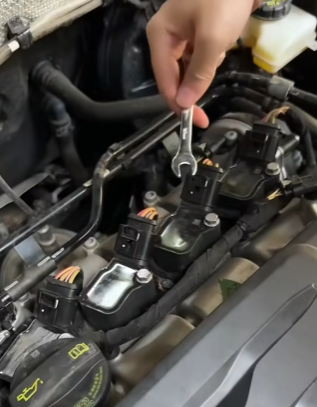
7. Loose Battery Cables
If your car occasionally won’t start or electronics flicker, loose or corroded battery terminals might be the issue.
How to Fix:
Turn off the car, open the hood, and check the terminals for white or greenish buildup. Clean them with a wire brush and tighten the clamps. A mixture of baking soda and water can neutralize corrosion.
Warning: Always remove the negative terminal first and reconnect it last to avoid short circuits.
8. Squeaky Doors or Hinges
Annoying squeaks every time you open your door? It’s a small issue with a quick fix.
How to Fix:
Apply a lubricant like WD-40 or white lithium grease to the door hinges. Open and close the door a few times to work it in.
Tip: Do this twice a year to keep things quiet and moving smoothly.
9. Cracked or Peeling Weatherstripping
If you feel wind or hear loud road noise inside the car, your weatherstripping may be worn out.
How to Fix:
Buy weatherstripping adhesive and replacement rubber from an auto store. Peel off the old strip, clean the area, and press the new strip into place using the adhesive.
Benefit: Improves insulation and keeps your car quieter and more comfortable.
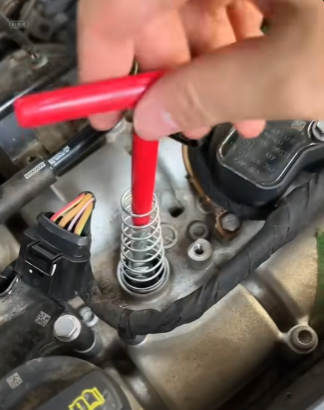
10. Check Engine Light Is On (for Simple Reasons)
A glowing check engine light can cause panic, but sometimes it’s triggered by something as minor as a loose gas cap.
How to Fix:
First, make sure your gas cap is screwed on tightly. If the light doesn’t turn off after a day or two, you can use a low-cost OBD2 scanner (available at auto parts stores or online) to read the error code and decide whether it’s something you can fix yourself.
Note: Many auto parts stores will scan your car for free.
11. Dirty or Smelly Cabin Air Filter
If your car smells musty or your AC isn’t blowing strongly, your cabin air filter might be the problem.
How to Fix:
Open your glove compartment, unhook the compartment stops, and remove the cabin filter cover. Pull out the old filter and slide in a new one. This takes about 10 minutes and can greatly improve your driving experience.
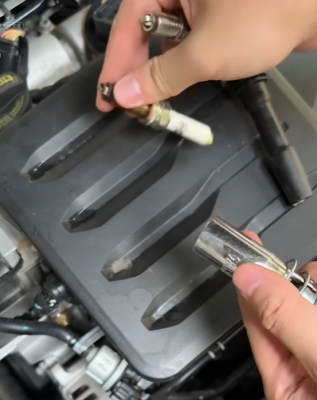
12. Small Paint Scratches
Tiny scratches on your paint job are annoying but fixable.
How to Fix:
Buy touch-up paint that matches your car’s color code (usually found on a sticker inside the door). Clean the area, apply the paint with a small brush, and let it dry. Use rubbing compound afterward to blend the surface.
Final Thoughts
Taking care of your own car problems doesn’t mean you need to be an expert mechanic. With a few tools, a little knowledge, and some confidence, you can tackle many common issues right at home. Not only will you save money, but you’ll also gain a deeper understanding of your vehicle.
That said, always know your limits. If the problem involves brakes, suspension, engine internals, or electrical wiring, it’s best to leave it to the professionals. But for these 12 simple problems, you’ve got what it takes to be your own roadside hero!

